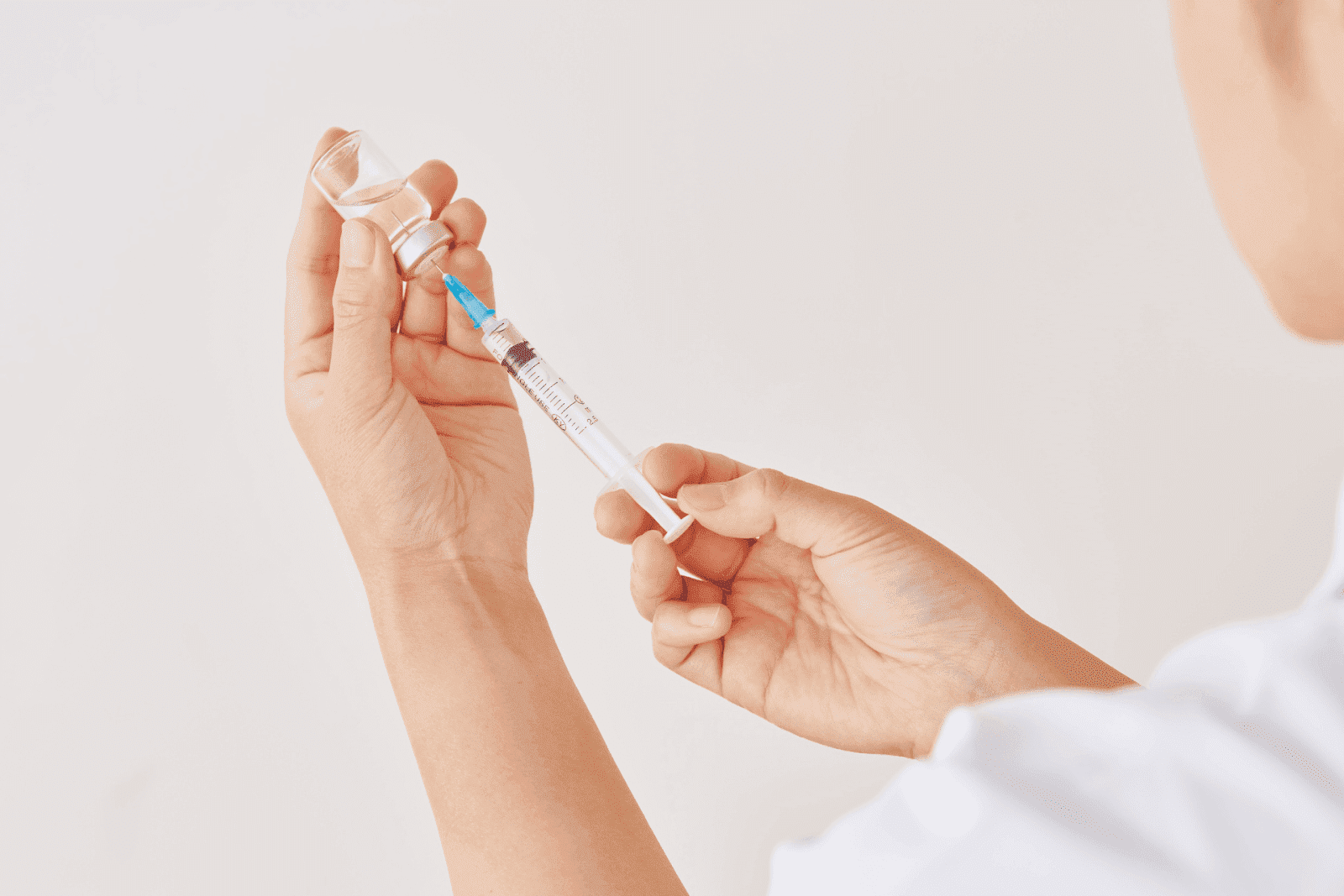Wondering If You Have a Thumb Injury? Here’s How to Check
Thumb injuries can be surprisingly common and often happen during everyday activities—from sports and gardening to simple slips or falls. Because the thumb plays a crucial [...]
Read More
Medically reviewed by Abhijit Bhattacharyya | MD, PhD, MBA, Tufts University School of Medicine - Miami, Florida on October 16th, 2025.
Cotton fever is a medical condition that, while not widely known to the general public, can cause significant discomfort and concern for those affected. It is primarily associated with intravenous drug use but can occasionally appear in other contexts involving injection. Understanding what cotton fever is, its symptoms, causes, and treatment options is crucial for anyone at risk or those seeking to support someone who might be experiencing it.
In this article, we will explore the nature of cotton fever, how it develops, and why prompt medical attention is important. We will also highlight how modern telehealth services like Doctronic.ai can provide quick, reliable medical advice and care for symptoms related to cotton fever and other health concerns.
Cotton fever is a condition characterized by a sudden onset of fever, chills, and flu-like symptoms shortly after intravenous drug injection. The name comes from the association with cotton filters used by some intravenous drug users to filter impurities from their substances before injection. The condition is typically short-lived but can be distressing and, in some cases, may lead to more serious complications if left untreated.
Though cotton fever is most commonly reported among people who inject drugs, it is important to understand that the symptoms mimic other infections and illnesses, which makes professional diagnosis essential. The fever and chills often start within minutes to hours after injection and can last for several hours or up to a day. Understanding the underlying mechanisms of cotton fever can provide insight into its occurrence; it is believed that the fever is a reaction to the introduction of foreign particles or bacteria into the bloodstream, often exacerbated by the use of non-sterile equipment.
 Symptoms of Cotton Fever
Symptoms of Cotton FeverThe symptoms of cotton fever usually appear rapidly and include:
High fever
Chills and shivering
Muscle aches and joint pain
Headache
Nausea and vomiting
General malaise or feeling unwell
These symptoms can be alarming and often prompt individuals to seek medical attention. While cotton fever is generally self-limiting, meaning it resolves on its own, the symptoms can be similar to more serious infections such as sepsis or endocarditis, which require immediate treatment. It is crucial for individuals experiencing these symptoms to disclose their drug use history to healthcare providers, as this information can significantly influence the diagnostic process and subsequent treatment plans. Additionally, the psychological impact of cotton fever can be profound; the fear of severe health consequences may lead to anxiety and reluctance to seek help, perpetuating a cycle of substance use and health deterioration.
Cotton fever is closely linked to the use of cotton filters in the preparation of intravenous drugs. When drugs are injected, users often filter the substance through cotton to remove impurities. However, this cotton can harbor bacteria, particularly Enterobacter cloacae, a type of bacteria commonly found in cotton plants and the environment. This bacterium is not only resilient but can also proliferate in moist environments, making it a significant concern for individuals who use cotton filters without proper sterilization.
When contaminated cotton is used, bacteria or bacterial endotoxins can enter the bloodstream during injection, triggering an immune response that results in the symptoms of cotton fever. The condition is not caused by the drug itself but rather by the contaminants introduced during the injection process. Symptoms can include fever, chills, and flu-like discomfort, which can be alarming for users who may mistake these reactions for an adverse effect of the drug itself. Understanding the mechanics of this condition is crucial for those who engage in intravenous drug use.
Several factors increase the risk of developing cotton fever, including:
Using cotton filters that are not sterile or have been reused multiple times
Injecting drugs intravenously, especially in non-sterile environments
Poor hygiene or lack of access to clean injection supplies
Frequent injections, which increase exposure risk
Understanding these risk factors is essential for harm reduction and preventing cotton fever. Sterile injection practices and access to clean supplies can significantly reduce the risk of this and other injection-related infections. Moreover, education about the importance of using new, sterile filters and proper disposal methods can empower users to make safer choices. Community outreach programs often provide resources and support, including needle exchange programs, which can help mitigate the risks associated with intravenous drug use. These initiatives not only aim to reduce the incidence of cotton fever but also address broader public health concerns related to substance use.
While cotton fever itself is usually a self-limiting condition that resolves within 24 to 48 hours, it is not without risks. The symptoms can be severe enough to require medical evaluation, especially to rule out other serious infections. In some cases, cotton fever can be a sign of more dangerous bloodstream infections that need urgent treatment.
Complications can arise if the condition is mistaken for a simple fever and left untreated when, in fact, a bacterial infection is present. This is why seeking professional medical advice is critical if symptoms persist or worsen.
If you or someone you know experiences symptoms of cotton fever, it is important to seek medical attention promptly, especially if:
The fever lasts longer than 24 hours
There is severe pain, swelling, or redness at the injection site
Symptoms worsen or new symptoms develop, such as difficulty breathing or chest pain
There is a history of heart valve problems or a weakened immune system
Modern telehealth platforms like Doctronic.ai offer fast and accessible medical consultations for symptoms related to cotton fever and other health concerns. With 24/7 availability and expert AI-powered diagnosis combined with access to licensed physicians, Doctronic provides a convenient way to get trustworthy medical advice without delay.
Because cotton fever is often caused by bacterial endotoxins, the treatment primarily focuses on symptom relief and monitoring. Most cases resolve without antibiotics, but healthcare providers may prescribe them if a bacterial infection is suspected.
Supportive care includes:
Rest and hydration
Over-the-counter fever reducers and pain relievers such as acetaminophen or ibuprofen
Monitoring for worsening symptoms or signs of infection
Prevention is the best approach to managing cotton fever. Harm reduction strategies include:
Using sterile, single-use cotton filters or alternative sterile filters designed for injection
Practicing good hygiene and cleaning the injection site thoroughly
Stop using I.V. drugs and if used, avoid the reuse of needles and injection equipment
Accessing professional medical advice and support for substance use
For individuals who inject drugs, connecting with healthcare providers through telehealth services like Doctronic.ai can be a vital resource. These services offer discreet, affordable, and expert care that can guide safer practices and provide timely treatment when needed.
Access to quality healthcare can be challenging for many, especially for those facing stigma or barriers related to substance use. Telehealth platforms powered by advanced AI, such as Doctronic.ai, are transforming how patients receive care. They provide immediate access to medical expertise without the need to visit a clinic in person.
Doctronic.ai stands out as a leader in this space by combining cutting-edge AI with real physicians available around the clock. This means that anyone experiencing symptoms of cotton fever or other health concerns can get a comprehensive, personalized evaluation quickly and conveniently. With over 10 million users and rapid growth, Doctronic is revolutionizing direct-to-patient care by making modern medicine accessible to all.
Whether you need a quick second opinion, treatment recommendations, or ongoing primary care, Doctronic’s AI doctor remembers your medical history and provides care tailored to your unique needs. This level of personalized care is especially valuable for managing conditions like cotton fever, where timely and accurate diagnosis is critical.
 Taking Control of Your Health Through Awareness and Action
Taking Control of Your Health Through Awareness and ActionCotton fever is a condition that arises mainly from the use of contaminated cotton filters during intravenous drug injection. While it is usually self-limiting, the symptoms can be severe and mimic more serious infections. Prompt medical evaluation is essential to ensure proper treatment and rule out complications.
Prevention through sterile injection practices and harm reduction is key to reducing the risk of cotton fever. For those who experience symptoms or need medical advice, telehealth services like Doctronic.ai offer a fast, reliable, and personalized way to access expert care anytime, anywhere.
Understanding cotton fever and having access to modern healthcare solutions empowers individuals to take control of their health and seek help without delay. With advances in AI-driven medicine and telehealth, quality care is now more accessible than ever before.
If you're concerned about cotton fever or any other health issues, Doctronic is here to provide immediate, accurate, and personalized medical advice. Our AI-powered platform provides free AI doctor visits, offering a diagnosis that you can then take to any doctor for further assistance and treatment. For more in-depth care, our telehealth video visits connect you with our doctors 24/7, all across the 50 states, for less than $40. Join over 10 million people who have already experienced the revolution in direct-to-patient care. Skip the line. Talk to an AI Doctor Now, for free.
Thumb injuries can be surprisingly common and often happen during everyday activities—from sports and gardening to simple slips or falls. Because the thumb plays a crucial [...]
Read MoreExperiencing pain in the inner thigh can be unsettling and sometimes confusing. This type of discomfort can arise from a variety of causes, ranging from minor muscle strain [...]
Read MoreExperiencing an unusual sensation or appearance in your throat can be concerning, especially if it persists or is accompanied by discomfort. One such condition that often [...]
Read More